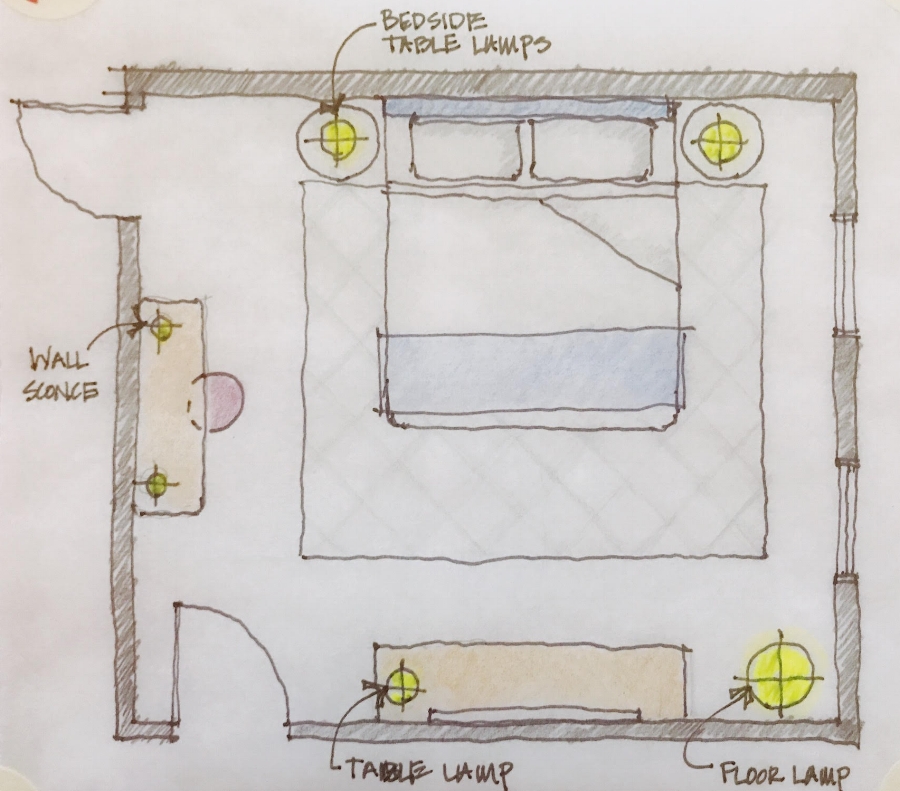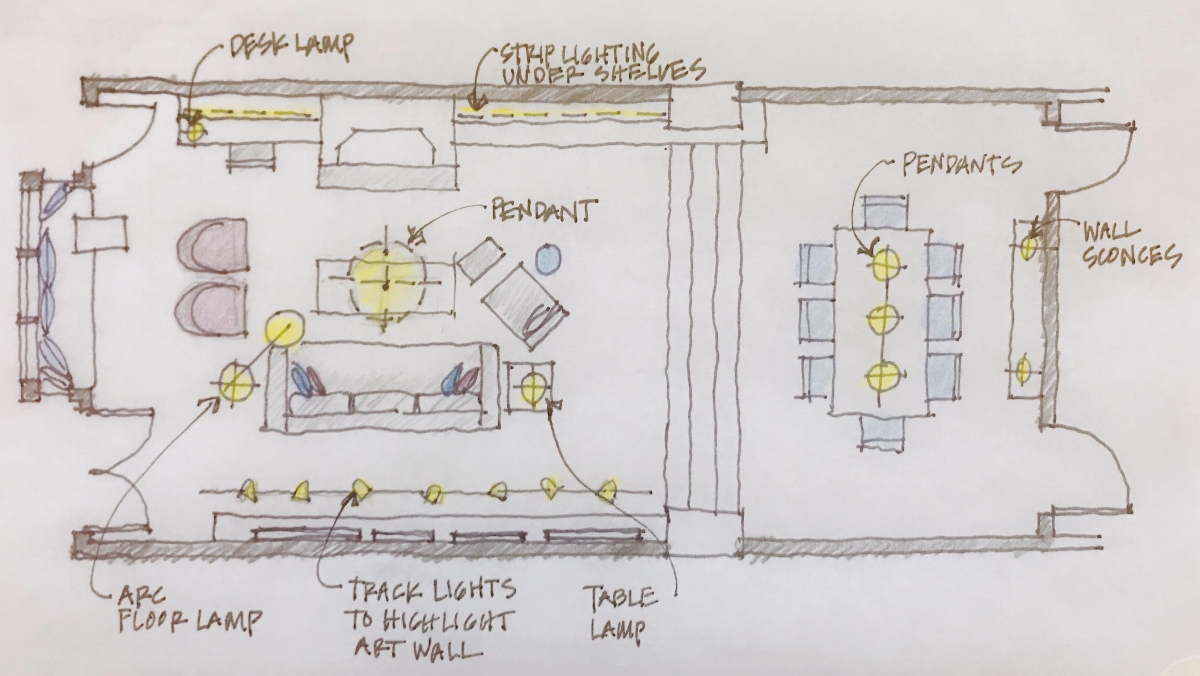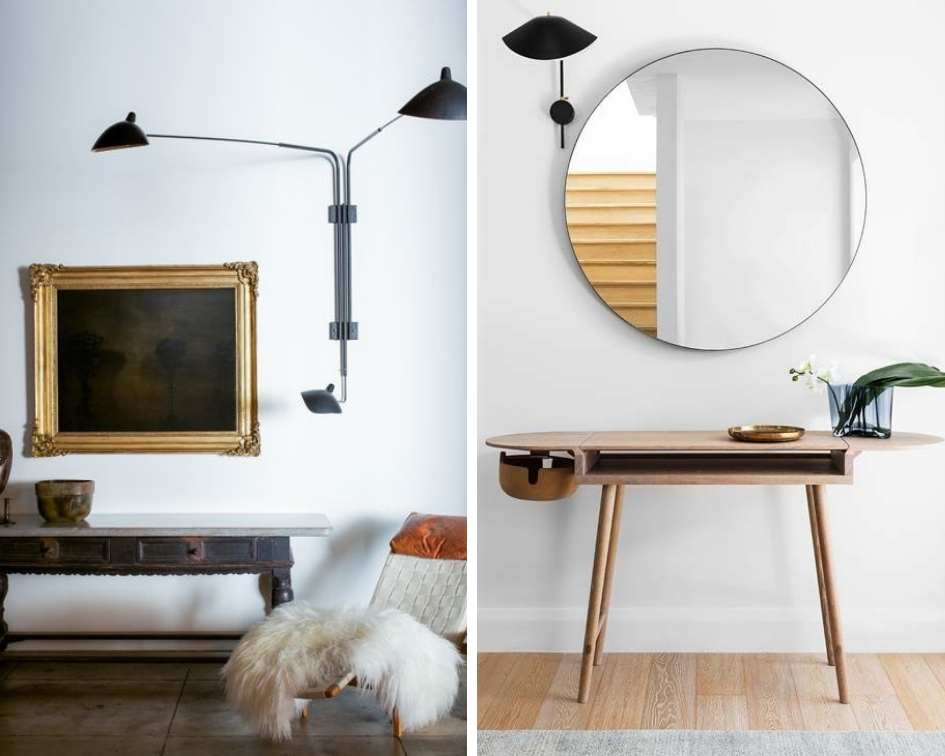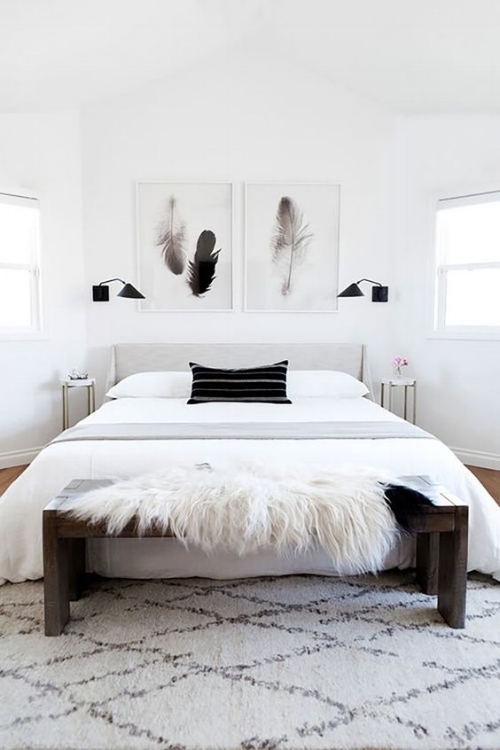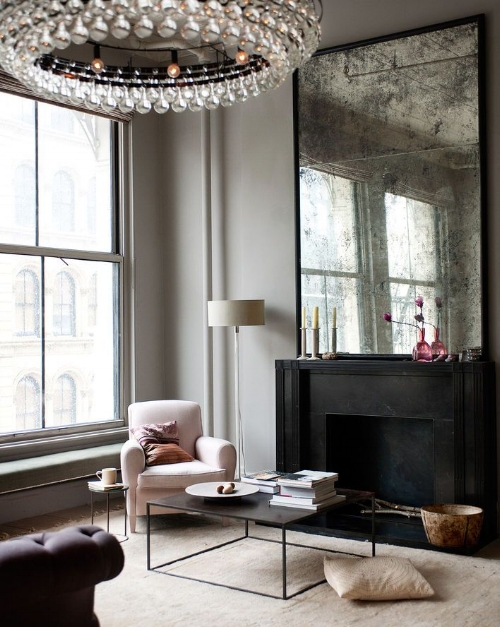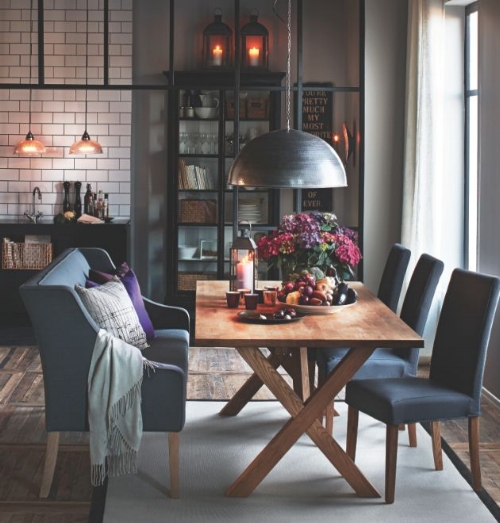Designer tips for lighting your home
/Having a well lit room is one of the most important areas of design to get right, if it’s not working it really stands out, and not in a good way. It should create mood and ambiance, while providing proper light for specific tasks. I’ve learned a few things from working with lighting designers over the years and want to share some of the most important tips to apply to your home.
Three things to remember in lighting a room is variety of height, location, and scale. If these aren’t working well together, it kills the whole space. It’s important to have the fixtures distributed properly around the room for an even wash of light. For instance, in your bedroom you can have two light fixtures at each bed side and a floor lamp across the room in one corner to create a triangle of light.
Having a variety of different light sources in the Living Room is not only functional but also creates depth and atmosphere. For instance, in the Living Room you could have a ceiling pendant for ambiance, a table & floor lamp for reading, ceiling track lighting for highlighting an art wall, wall sconces for glow and decor. Always have your lights on dimmers to create mood!
Here are some ideas for lighting different areas of your home. There’s no one set formula as long as you follow the height, location, scale rule you can be creative and have fun with it.
Credit: 1.: Galerie Half 2. Arent & Pyke
This is an interesting way to highlight a painting or an entry foyer table, you don’t always have to be symmetrical in your placement as in both of these photos show, they serve a purpose but are also fun and unique in their placement.
Photo: Nicole Franzen
Credit: Zanotta Talamo
Credit: Shelby Girard for Havenly, Photo: Morgan Levy
Photo: Monica Wang
Above are some ideas for different light placement in the Bedroom. Try wall sconces if you don’t have enough space on the nightstand to place a table lamp. Having two different types of light fixtures at the bedsides can be fun, you don’t always have to be matchy matchy with your lamps, try mixing it up with a table lamp and a floor lamp.
Credit: BHDM Design
Credit: Ochre
Photo: Jeremy Wilson for Voque Living
Difference types of light, heights and lighting levels create a successful Living Room layout as in the photos above. The arc floor lamp makes a statement and is great for reading. A beautiful chandelier on the ceiling with a simple floor lamp works really well together, try not to make a statement with all your light fixtures, if one is a real show stopper, the others can be second stage.
Credit: Ashley Winn Design
Photo: Jonas Ingerstedt
Credit: Pinterest
Credit: Studio Warm
Decorative Lighting over a table or kitchen island is a great opportunity to add some personality and decor into your space. The most important thing you can do in the Kitchen is adding LED strip lights under the cabinets for task lighting. Pendants with a translucent shade (fabric or glass) will emit an overall glow (up and down), as opposed to a sold shade (metal) will be directed down onto the table. To avoid glare, make sure your pendant is at the proper height over your table (30” over your table min.) and use a shade with a diffuser or globe, no naked bulbs.
Credit: Amber Interiors
Credit: Jean Charles Thomas
Credit: Pinterest
In the bathroom, a bright overhead downlight can cast shadows on your face, not the best light for shaving or putting on makeup, so make sure you add some light fixtures like sconces at the vanity mirror. Think of three layers of light, overhead ceiling light (in shower), ambient light (pendant or flush mount in center ceiling) and task light (sconce at Mirror). Also adding accent lights (LED strip) under vanity or in ceiling soffit adds a beautiful glow. Next time your in a decent hotel room, notice the lighting design, there’s a lot of thought that goes into it to create an overall successful lighting design.


